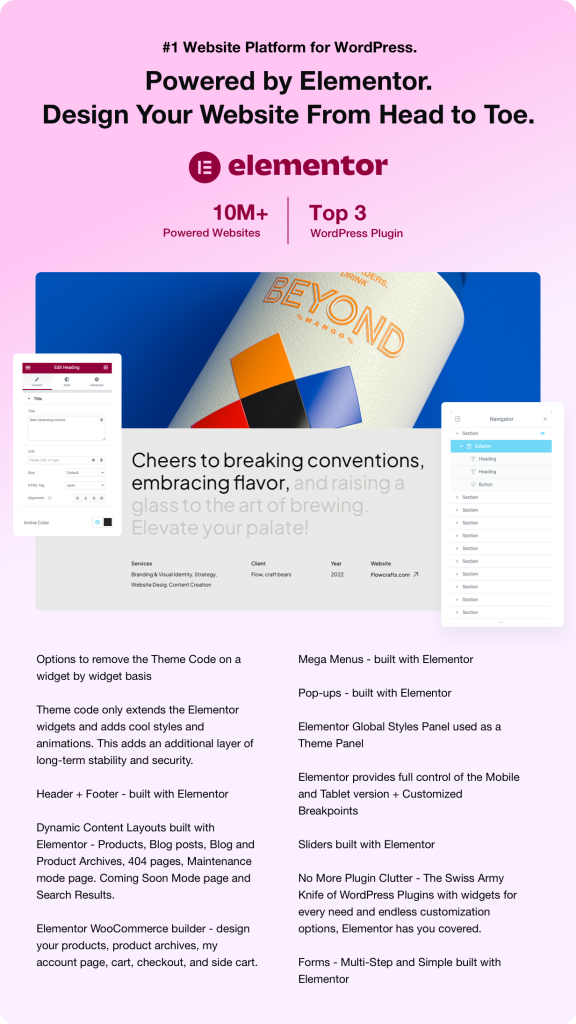The integration of artificial intelligence (AI) into everyday business operations is not just a trend; it’s an evolution. As organizations seek to harness data for actionable insights, the emergence of Virtual AI Operating Systems (AIOS) has become a game changer. With the ability to analyze vast amounts of data, provide tailored recommendations, and streamline processes, AIOS is reshaping how businesses make decisions. In this article, we’ll explore the latest updates in virtual AIOS, examine personal AI assistants within operating systems, and dive into their applications in business intelligence.
.AI has rapidly advanced, providing organizations with tools that can intelligently analyze data and offer insights to drive performance and strategy. In the past, business intelligence depended heavily on manual processes, often resulting in human error and delayed decision-making. Today, the focus is on creating an AIOS that can autonomously gather insights, thanks to sophisticated machine learning algorithms and neural networks.
.In today’s market, organizations are inundated with data from numerous sources including social media, sales transactions, and customer feedback. Virtual AIOSs can analyze this data in real time, offering businesses the advantage of agile decision-making. By adopting these systems, enterprises not only stay competitive but also gain a deeper understanding of their operational efficiencies and customer engagement.
**What is a Virtual AIOS and How Does it Work?**
.A Virtual AI Operating System serves as a framework that integrates various artificial intelligence tools into a cohesive platform. Its primary function is to facilitate the management of data while automating repetitive tasks traditionally handled by human intelligence. Think of it as an intelligent layer operating atop existing business software systems.
.AIOS uses sophisticated algorithms that learn from user behavior, continuously improving their responses and predictions. For example, a retail business using an AIOS can track purchasing patterns, uncover insights about inventory turnover, and forecast future sales trends. This capability not only informs purchasing decisions but can also enhance customer experience.
**Personal AI Assistants: The Heart of the Virtual AIOS**
.A vital component of any AIOS is the personal AI assistant that tailors experiences to individual users. These assistants utilize natural language processing (NLP) to understand and interpret user commands and queries, making interactions more intuitive. Virtual AI assistants can help employees schedule meetings, generate reports, and even provide insights from data analysis.
.Additionally, personal AI assistants can act as mentorship tools, helping new employees acclimate to corporate culture and processes by providing personalized guidance and support. As users engage with these assistants, they gradually become more adept at forecasting needs and managing tasks efficiently.
**Trends Shaping Virtual AIOS Development**
.Aside from the technological advancements in AI, several trends are shaping the evolution of virtual AIOS. One such trend is the increased emphasis on user privacy and data security. Consumers and businesses alike are becoming more conscious about how data is collected and utilized. Consequently, AIOS developers are prioritizing security features to protect user data and ensure compliance with regulations such as GDPR.
.Another trend contributing to the AIOS landscape is the move toward hyper-personalization. Organizations are using AI to analyze consumer behavior at a granular level to tailor marketing efforts and business offerings. Virtual AIOS provides insights into customer personas, which can enhance engagement strategies and foster brand loyalty.
**Industry Applications of AIOS**
.Virtual AIOS spans across various industries. In healthcare, for example, AIOS is used to streamline patient care management systems. AI-powered tools can quickly analyze patients’ medical histories and suggest treatment protocols that are optimized based on current medical research.
.In finance, virtual AIOS can offer predictive analytics to help banks assess credit risk and manage investment portfolios. By analyzing vast datasets, AI systems can identify trends that humans might overlook, resulting in more informed decisions.
.Retailers also benefit immensely from AIOS as the systems can automate inventory management and enhance customer experience through tailored recommendations. For instance, an AIOS can analyze shopping behaviors to suggest items consumers are likely to purchase, thus increasing conversion rates.
**Technical Insights into AIOS Integration**
.To effectively implement Virtual AIOS, businesses must consider several technical aspects to maximize the potential of AI capabilities. Integrating AI into existing systems requires robust data architecture to ensure that information flows seamlessly between various platforms. Businesses should leverage APIs (Application Programming Interfaces) to develop connectivity between the AIOS and legacy systems.
.It’s also crucial for organizations to invest in quality data, as the efficacy of AI systems heavily relies on the datasets that are fed into them. Cleaning and structuring data will enhance the accuracy of AI predictions and insights, making it imperative for businesses to prioritize data quality management frameworks.
**Real-World Use Cases: Virtual AIOS Implementation**
.One notable example of virtual AIOS implementation is within the hospitality industry. Major hotel chains are leveraging AI to manage reservations, streamline operations, and personalize guest experiences. By utilizing AIOS, these establishments can analyze customer preferences, predict trends, and optimize pricing strategies.
.Another case worth mentioning involves e-commerce giants that use AIOS to power their recommendation engines. These engines analyze customer purchase history and browsing behavior to suggest products tailored to individual preferences, thereby enhancing user experience and contributing to increased sales.
**Looking Ahead: The Future of AIOS in Business Intelligence**
.As businesses increasingly recognize the value of AI in driving efficiency, the demand for Virtual AIOS is projected to grow exponentially. The synergy between AI technologies and business intelligence will lead to smarter decision-making and innovative business models. Organizations that embrace this change will not only enjoy competitive advantages but also foster a culture of innovation.
.To remain at the forefront, companies must continually assess and refine their AIOS strategies. This may include investing in training for staff to leverage the full potential of AI systems or collaborating with tech partners specializing in AI technologies.
**Conclusion: Embracing the AI Revolution in Business**
.Virtual AI Operating Systems are not merely a technological innovation; they represent a paradigm shift in how organizations operate in today’s hyper-connected world. With their capacity for real-time data analysis and personalized assistance, AIOS systems are paving the way for more efficient, effective, and intelligent business practices.
.As we venture further into the digital age, businesses that harness the power of Virtual AIOS for their business intelligence will emerge as leaders in their respective industries, driving innovation and enhancing customer experiences like never before. Embracing this technological revolution is not just a smart move—it’s essential for survival in a competitive landscape.
*Sources:*
1. Gartner. (2022). “Market Guide for AI-Powered Business Intelligence.”
2. McKinsey & Company. (2023). “The State of AI in 2022 and Beyond.”
3. Forrester Research. (2023). “The Rise of Intelligent Business Applications.”
4. Accenture. (2023). “How AI is Changing Business Operations.”
5. Deloitte Insights. (2022). “AI and Business Intelligence: Making the Connection.”
By keeping pace with innovations in Virtual AIOS and leveraging personal AI assistants, businesses stand to redefine what it means to be ‘intelligent’ in every aspect of their operations, ultimately improving performance and profitability in an increasingly complex world.






















